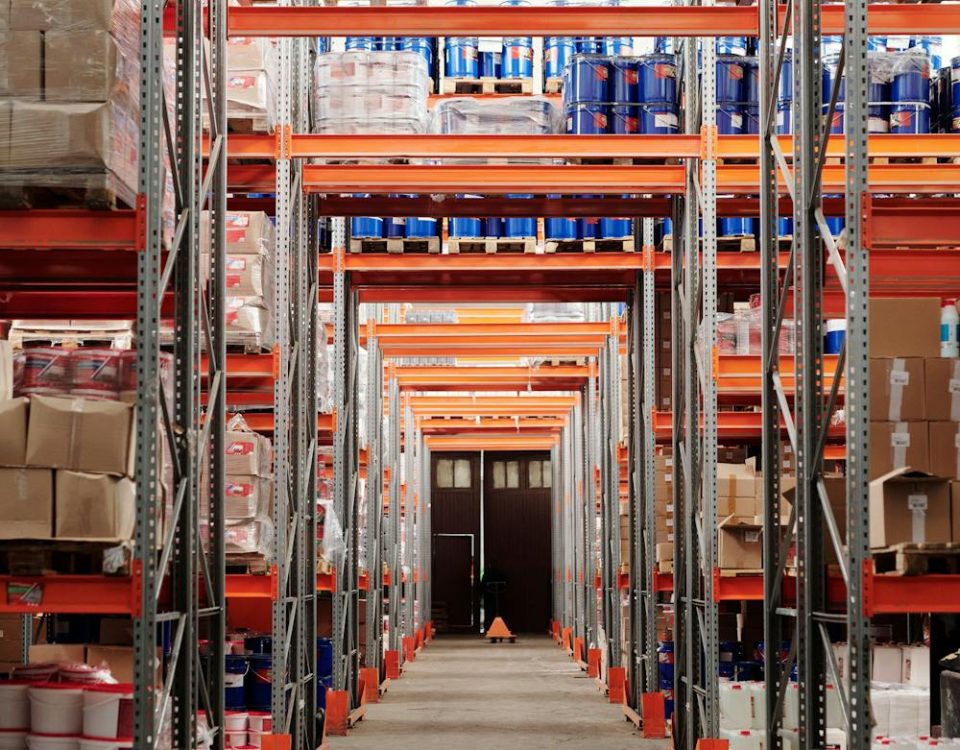
Transforming Workplace Safety: The Technological Frontier
July 18, 2022
Mastering Electrical Safety: Essential Strategies for Industrial Workplaces
July 18, 2022
Transforming Workplace Safety: The Technological Frontier
July 18, 2022
Mastering Electrical Safety: Essential Strategies for Industrial Workplaces
July 18, 2022The manufacturing sector is vital to the global economy, but it comes with significant safety challenges. Ensuring a safe workplace isn't merely a regulatory obligation; it's a moral duty crucial for maintaining a healthy, productive workforce. This article explores key safety risks in manufacturing and provides actionable strategies to mitigate them.
Common Hazards in Manufacturing: An In-Depth Examination
1. Slips, Trips, and Falls: Addressing the Overlooked Dangers
Manufacturing environments are prone to slips, trips, and falls, despite the widespread use of personal protective equipment (PPE). These incidents remain a leading cause of workplace injuries. Emphasizing regular safety training and the vigilant use of safety gear is essential to reduce these risks.

2. Fire Hazards: Implementing Robust Safety Measures
Fire risks are omnipresent in manufacturing, from welding equipment to electrical systems. Effective fire safety protocols, regular drills, and training in the use of fire extinguishers are critical. These measures not only save lives but also protect the business from catastrophic losses.
3. Heavy Machinery: Enhancing Safety Through Training and Diligence
Heavy machinery, such as forklifts, is integral to manufacturing but poses significant hazards. Safety oversights, often driven by pressure to meet deadlines, can be minimized by prioritizing safety, setting realistic targets, and ensuring thorough operator training.
4. Confined Spaces: Ensuring Awareness and Preparedness
Working in confined spaces presents unique challenges, including risks of oxygen depletion. Educating workers about these dangers and ensuring they work in pairs are critical safety measures. Proper signage and accessible emergency equipment like harnesses are also vital.
5. Handling Hazardous Materials: Prioritizing Safe Practices
Handling hazardous materials is a daily occurrence in manufacturing. Comprehensive training in safe handling, proper storage, and emergency procedures is crucial. Clear labeling and accessible safety instructions can significantly mitigate associated risks.
Enhancing Workplace Safety in Manufacturing
While the manufacturing industry is inherently risky, these risks can be effectively managed with the right focus on workplace safety. Regular, comprehensive safety training, meticulous handling of heavy machinery, and careful management of hazardous materials are fundamental. When safety is ingrained in the industry's ethos, it not only protects employees but also boosts productivity and morale.
For expert advice and high-quality industrial safety products, visit EZSecur at www.ezsecur.com.





